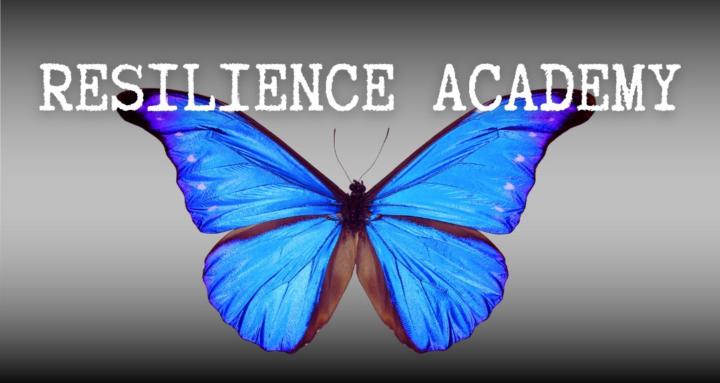Move to Thrive: Keeping Your Body (and Mind) Moving Through the Holiday Season
We all know movement is one of the pillars of feeling strong, energised, and alive. But the holiday season has a funny way of derailing even the best of routines. Between social events, end-of-year rush, extra food, late nights, and the general “I’ll get back on track in January” thinking, it’s easy to let movement slide without even realising it. But this is actually one of the most important times to keep moving. Not for weight loss. Not to “earn” your food. Not to smash out big workouts or punish yourself. But simply because your body and nervous system need it. Movement is one of the quickest ways to: • lower stress • improve your sleep • calm your mind • lift your mood • strengthen your immune system • keep your energy steady (so you don’t feel wiped out by all the end-of-year chaos) And let's not get too caught up in thinking it needs to be perfect or structured. My motto during the holidays is "something is better than nothing!". A 10-minute walk, gentle stretching, dancing in the kitchen, a slow swim, marching on the spot, moving your body in a way that feels good - it all counts. You don’t need to 'train'. You just need to move. So as we head into the festive season, let’s think about movement as one of the best gifts we can give ourselves... a way to stay grounded, calm, and connected to our energy. What’s one simple way you can keep your body moving over the next few weeks?

Slow Down to Tune In: The Resilient Way to Eat
We often talk about mindset, movement, and rest when it comes to resilience... but what about how we eat? Mindful eating is about slowing down, tuning into your body, and reconnecting with the experience of food. So often, we rush through meals on autopilot, eating while multitasking, scrolling, or barely noticing what we’re tasting. Over time, this disconnect can make it harder to recognise what our body truly needs. Mindful eating isn’t just another diet trend. When we eat mindfully, we: - Notice our hunger and fullness cues more clearly - Support digestion by slowing down and chewing properly - Reduce emotional eating by recognising the difference between physical hunger and emotional triggers - Learn to enjoy food without guilt or restriction It’s amazing how something as simple as taking a few slow breaths before a meal, or putting down your fork between bites, can help your nervous system shift from “stress mode” into “rest and digest.” The result? More energy, better mood, and a greater sense of connection between mind and body. So, this week’s challenge is to bring a little mindfulness to your meals. Try sitting down without distractions. Notice the colours, textures, and smells of your food. Eat slowly and see how your body feels afterwards. Let me know how it goes!

Let’s Talk About Grey Area Drinking
This one might feel a little uncomfortable for some of us... but that’s exactly why it’s worth talking about. We all know how much our choices affect our physical and emotional wellbeing, but one area that doesn’t get discussed enough is alcohol... especially when it comes to what’s called grey area drinking. Grey area drinking isn’t about alcohol dependence or addiction. It’s that middle space where you don’t necessarily have a “problem,” but you’re starting to notice that alcohol isn’t serving you the way you thought it used to. Maybe it’s affecting your sleep, your energy, or even your mood. Or maybe it’s become more of a habit than a choice, think that weekday glass of wine with dinner scenario. I’ve had so many conversations lately with people who are rethinking their relationship with alcohol — not because they “have to,” but because they want to feel better, clearer, and more in control. And that’s what resilience is really about — having the awareness to notice when something isn’t working and the courage to make a shift. If you’re curious about how alcohol might be impacting your energy, mood, or motivation, try taking a mindful pause: - Notice when and why you reach for a drink. - Ask yourself, “What am I really needing in this moment?” - connection, calm, reward, relaxation? - Experiment with other ways to fill that need - maybe movement, a walk, a chat with a friend, or a good book. No judgment! just awareness :) I’d love to hear your thoughts... have you ever taken a break from alcohol or re-evaluated your habits? What did you notice about how it affected your resilience and wellbeing?

Mini Challenge #1: The 3-Minute Reset Walk
Sometimes the quickest way to reset your mind is to move your body... even if it’s just for a few minutes. You don’t need a full workout, fancy gear, or a block of free time. Just a short, intentional burst of movement can help clear mental fog, release tension, and give your nervous system a much-needed “calm down” signal. That’s exactly what today’s mini challenge is about. Goal: Use walking as both a physical and mental reset. 1. Step away from your desk, phone, or current environment. 2. Walk for 3 minutes (inside or outside). 3. Match your steps with steady breathing: inhale for 4 steps, exhale for 4 steps. Mindset focus: Notice what shifts in your body and mood by the end.

Morning rituals - do you have one?
As we move through spring here in Australia, the mornings are getting brighter... it got me thinking about the value of my morning ritual, knowing that how I start my morning can shape my whole day! Do you have a morning ritual which helps you feel grounded or ready for the day? Or is this an area you need to create a bit more structure?

1-26 of 26

skool.com/leannesklavenitis
The No 1 community to Build Resilience, Wellbeing and Inspiration for People who are suffering from Loss or a Debilitating Condition
Powered by





